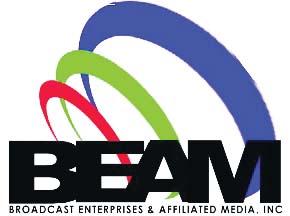
The country’s impending shift to digital TV is seen to benefit consumers and government agencies alike, as clearer reception and access to more channels can lead to better broadcast service delivery.
Steve Macion, president of Broadcast Enterprises and Affiliated Media (BEAM), recently underscored the need to improve on the poor reception of free-to-air television in households throughout the country. “BEAM has been preparing and investing in our Digital Terrestrial Television (DTT) network infrastructure precisely for these reasons,” said Macion.
He added that DTT will deliver crystal clear pictures and high quality audio even at less than ideal signal strengths. Consumers will also have access to new free and pay TV channels, as well as services such as Electronic Program Guide (EPG) and other interactive features.
On the government side, Macion said that agencies will be able to make use of an Integrated Emergency Warning Broadcast System (IEWBS) through digital TV. “This is a method of delivering emergency warning information on the TV screen, something that is sorely needed in a disaster-prone country like the Philippines.”
The national government can also take advantage of DTT networks to implement social programs, be it in health or education, more cost-effectively. Through DTT, additional frequencies can also be made available for delivery of essential government services.
“In addition, DTT will allow broadcasters to launch new and targeted niche channels, to better utilize and monetize their content libraries,” added Macion.
The National Telecommunications Commission (NTC) issued in November last year Memorandum Circular No. 05-11-2013, adopting Japan's Integrated Services Digital Broadcast-Terrestrial (ISDB-T) standard for the Philippines' migration to digital TV. NTC chief Gamaliel Cordoba announced recently that the implementing rules and regulations (IRR) for digital TV may be issued within the third quarter of this year to pave the way for the service rollout of TV networks.
BEAM is a Philippine broadcast company that operates Free-to-Air Channel 31. While BEAM was initially focused on UHF broadcasting, it is currently expanding its Digital Terrestrial Television platform for use in multimedia convergence.










